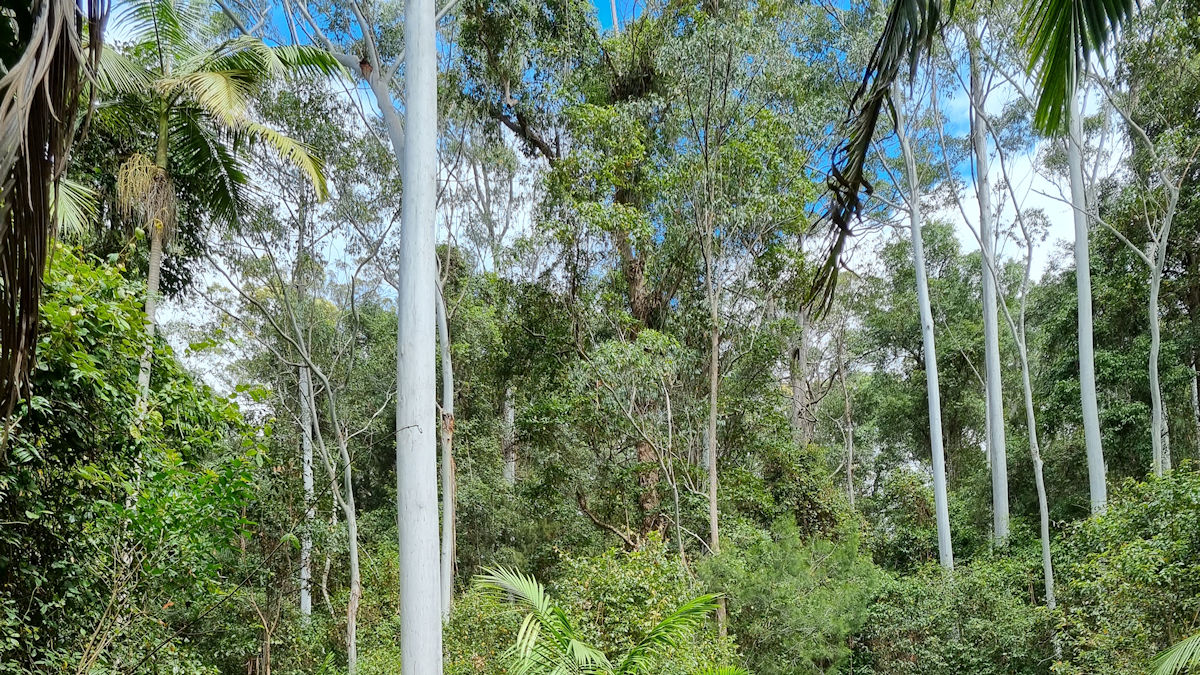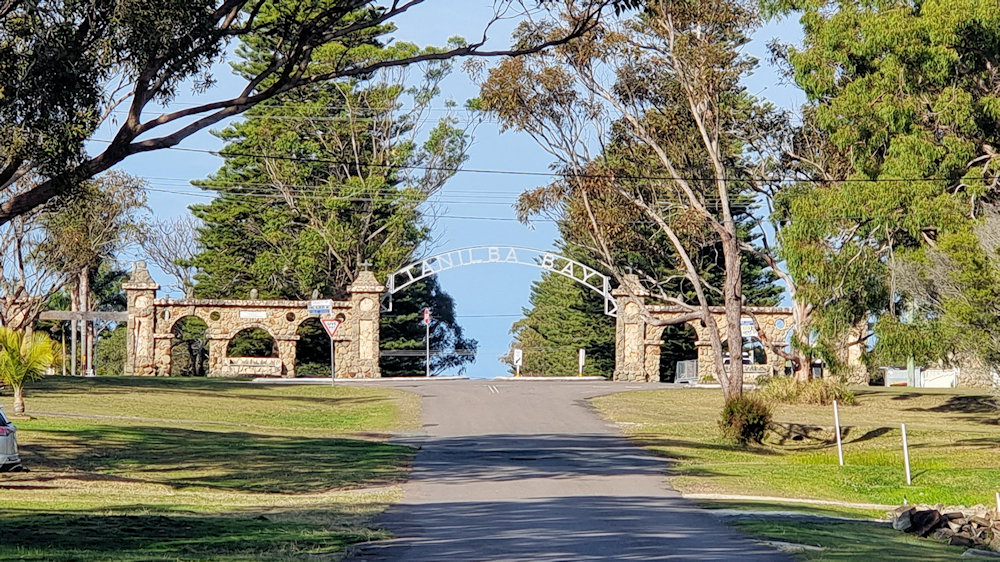Tag: Bush Walking
-
The Grandis

The Grandis Standing over 70m tall, The Grandis is the tallest known tree in New South Wales. Only a 20-minute drive from Bulahdelah on the NSW mid-north coast, it’s easy to get to, although some of the access is over dirt road. A small parking area is located next to a small picnic area and… Read more
-
Tanilba Bay Australia

Tanilba Bay Australia Located on the Tilligerry Peninsula, Tanilba Bay is a suburb of the Port Stephens local government area in the Hunter Region of New South Wales, Australia. Tanilba House The centrepiece of the town is Tanilba House, a beautiful and elegant home which is one of Australia’s oldest historical buildings. Built for Lieutenant… Read more
-
Carradah Park Sydney Australia

Carradah Park Sydney Australia History of the Site The BP refinery at Carradah Park in Waverton has a rich history that dates back several decades. Here is a brief overview of its historical significance: The refinery was established in 1926 by the Anglo-Persian Oil Company, which later became British Petroleum (BP). Its location in Waverton,… Read more